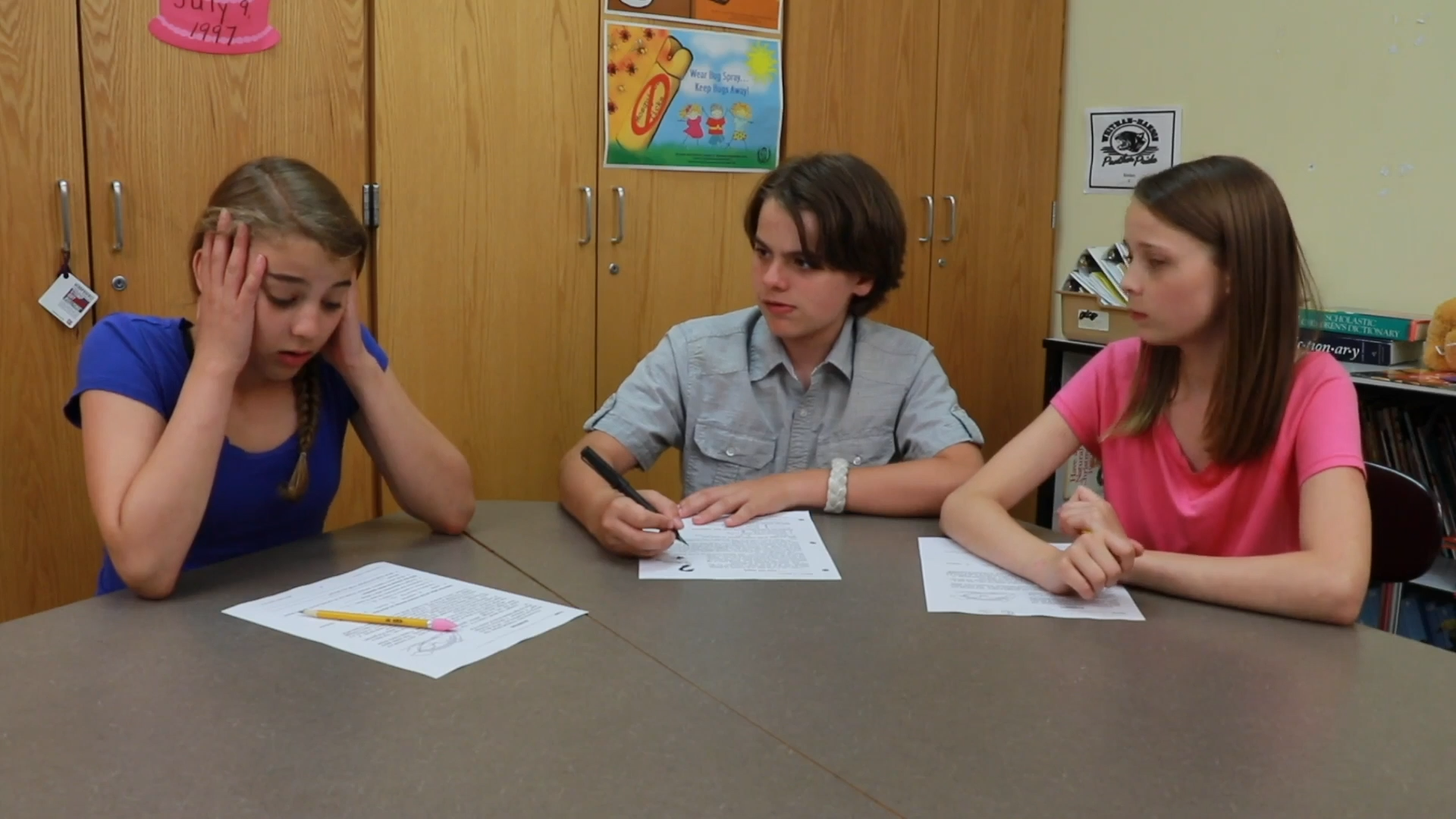
Introduction
Change is a natural part of life, and learning to cope with change calmly is an essential skill for young children. Teaching PreK students to handle change can help them feel more comfortable and confident in unfamiliar situations. In this blog post, we will explore strategies to teach children how to “switch tracks” when routines change and how to stay calm during transitions. We will also provide a no-prep activity, discussion questions, and related skills to reinforce the concept of handling change calmly.
No-Prep Activity: The Change Circle
This activity requires no preparation or materials from the educator, making it easy to implement in any setting. Begin by having the children stand in a circle. Explain that you will be playing a game called “The Change Circle.” The goal of the game is for the children to practice staying calm when plans change.
Start by giving the children a simple task to perform, such as clapping their hands or jumping in place. After a short period, change the task to something different, like stomping their feet or spinning in a circle. Remind the children to take a deep breath and calmly switch to the new task. Continue changing the tasks at random intervals, encouraging the children to stay calm and focused throughout the activity. After the game, discuss how they felt during the changes and what strategies they used to stay calm.
Discussion Questions
- How did you feel when the tasks changed during the activity? What helped you stay calm and focused?
- Can you think of a time when your routine changed and you had to switch tracks? How did you handle the change?
- What are some calming strategies you can use when you feel upset or uncomfortable because of a change?
- Why is it important to ask questions about what will happen and why when plans change?
- What are some positive things that can come from change? Can you think of an example?
Related Skills
Besides teaching PreK students to handle change calmly, there are other relevant skills that can be developed to support their social-emotional growth. Some of these skills include:
- Problem-solving: Learning to identify problems and find solutions can help children adapt and respond to change more effectively.
- Communication: Developing strong communication skills can help children express their feelings and thoughts when faced with change.
- Emotion regulation: Teaching children to recognize and manage their emotions can help them stay calm and focused during transitions.
- Resilience: Building resilience can help children bounce back from challenging situations and adapt to new circumstances.
Next Steps
Teaching PreK students to handle change calmly is an important aspect of their social-emotional development. By using the strategies and activities provided in this blog post, you can support your students in learning to “switch tracks” and adapt to change with confidence. To explore more resources and sample materials that can help you teach these skills and others, sign up for free samples at Everyday Speech.

